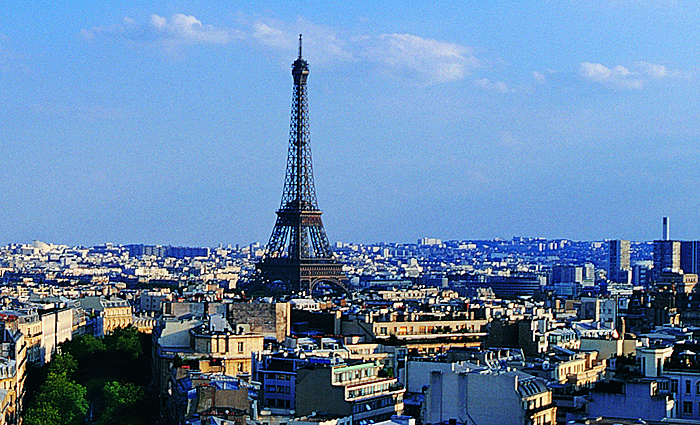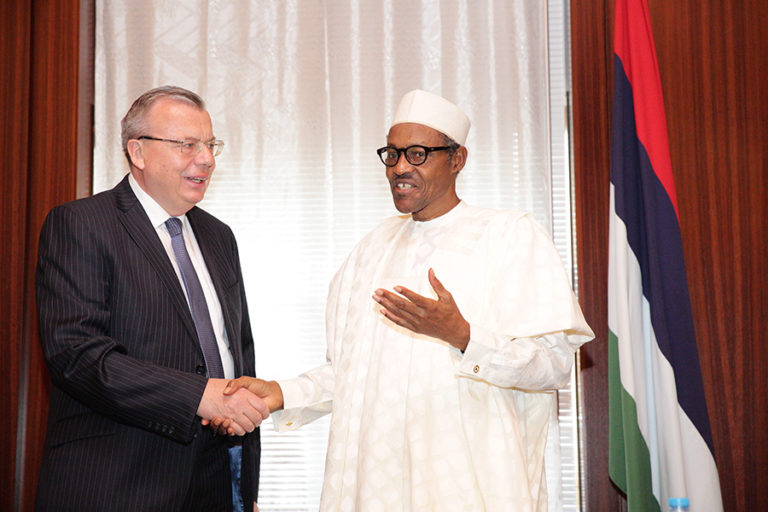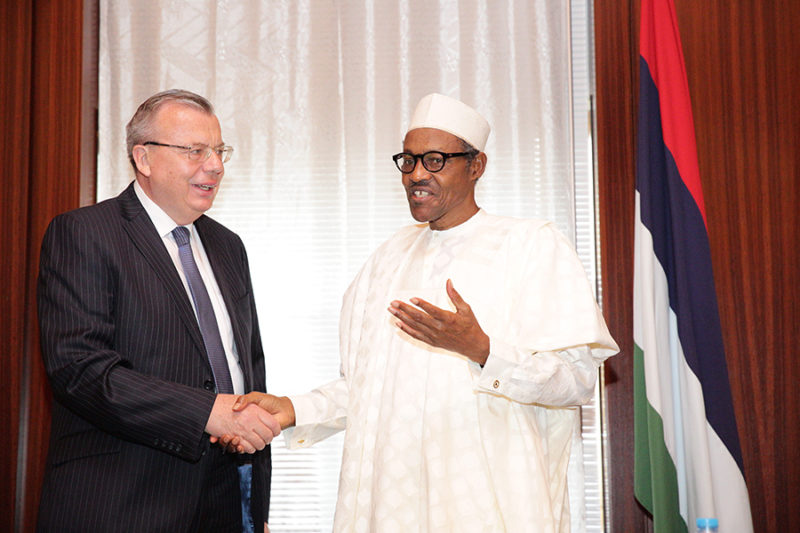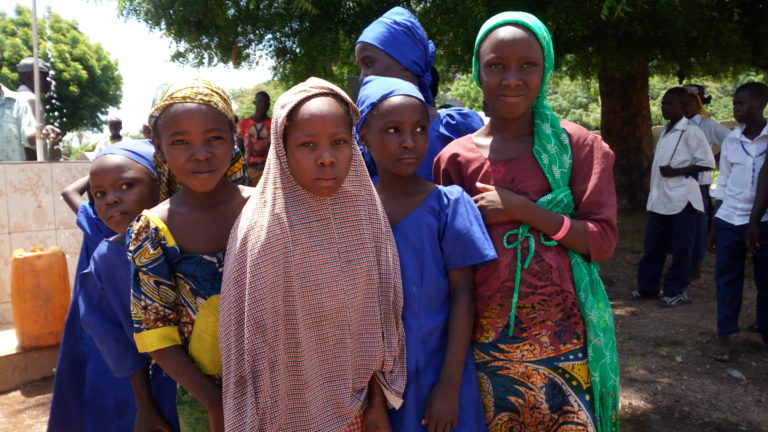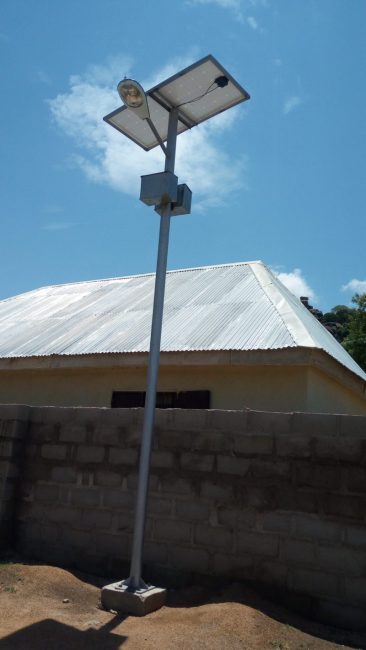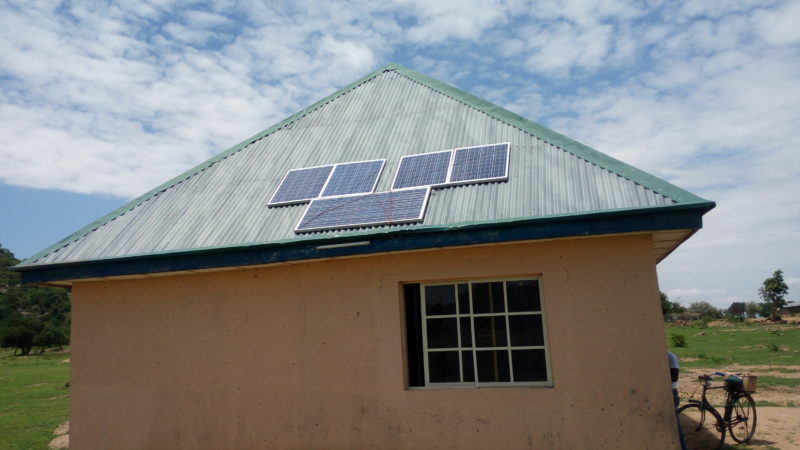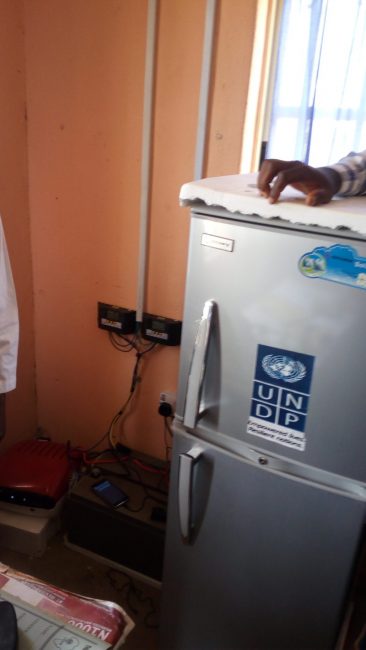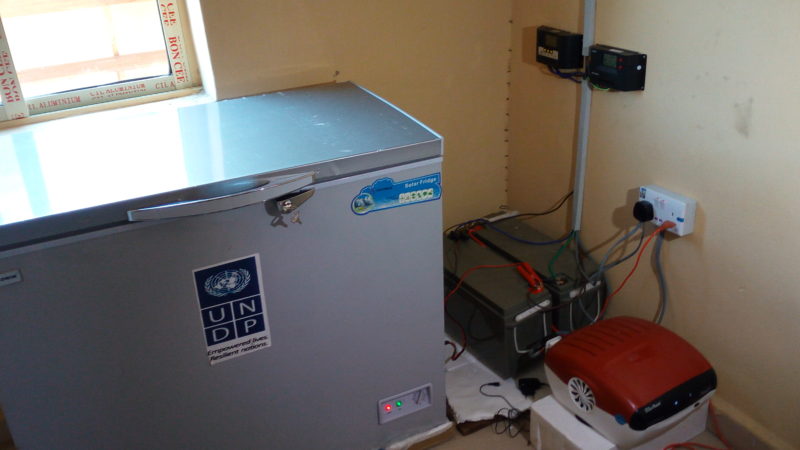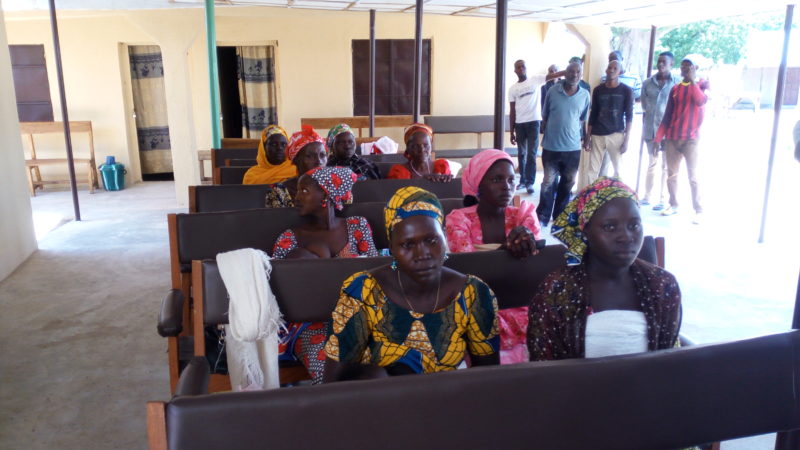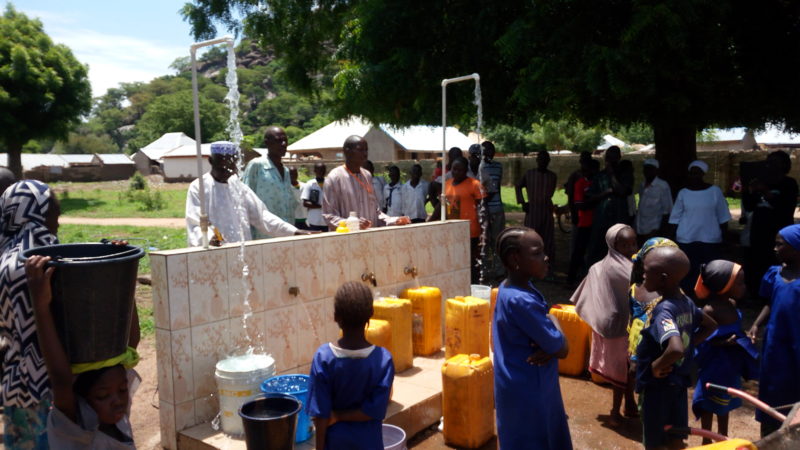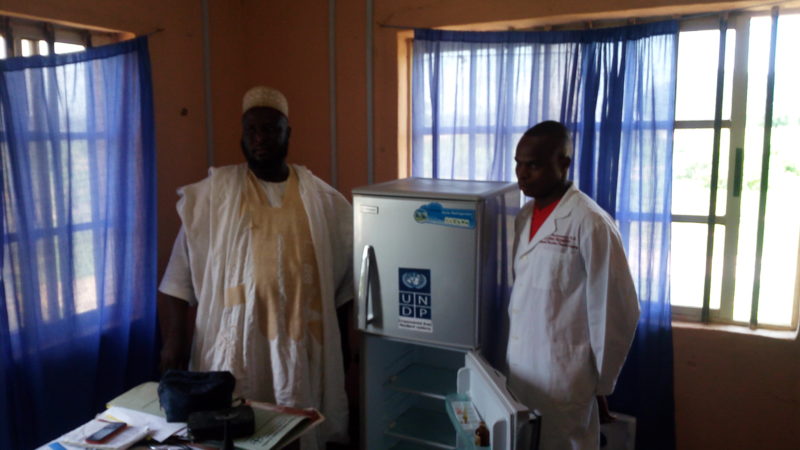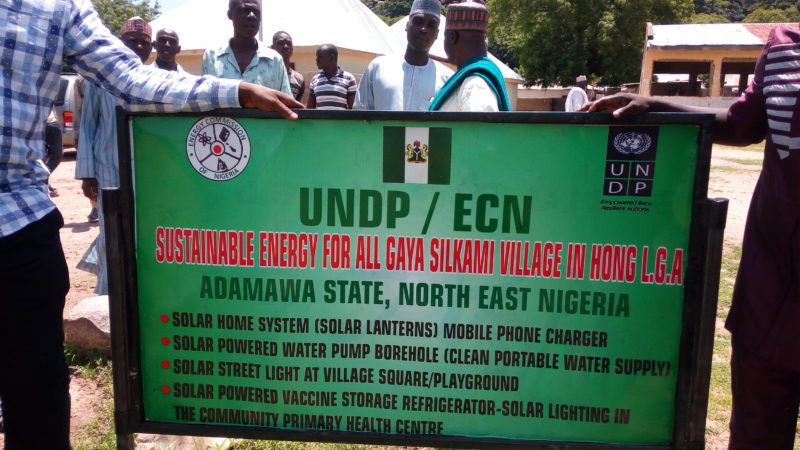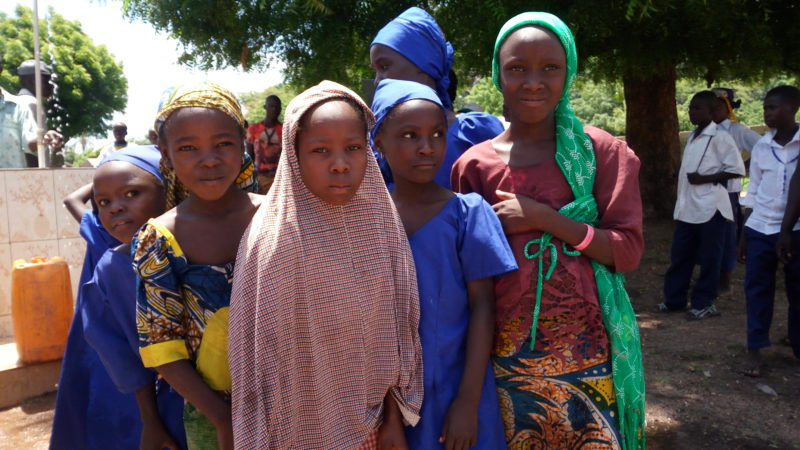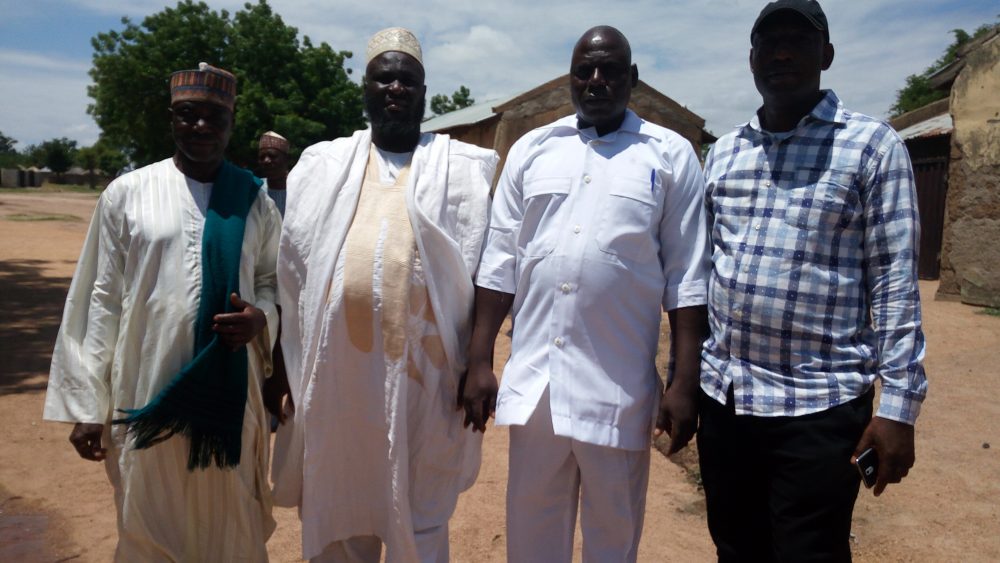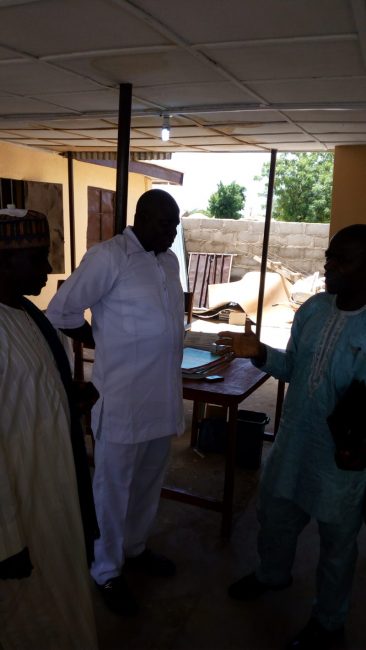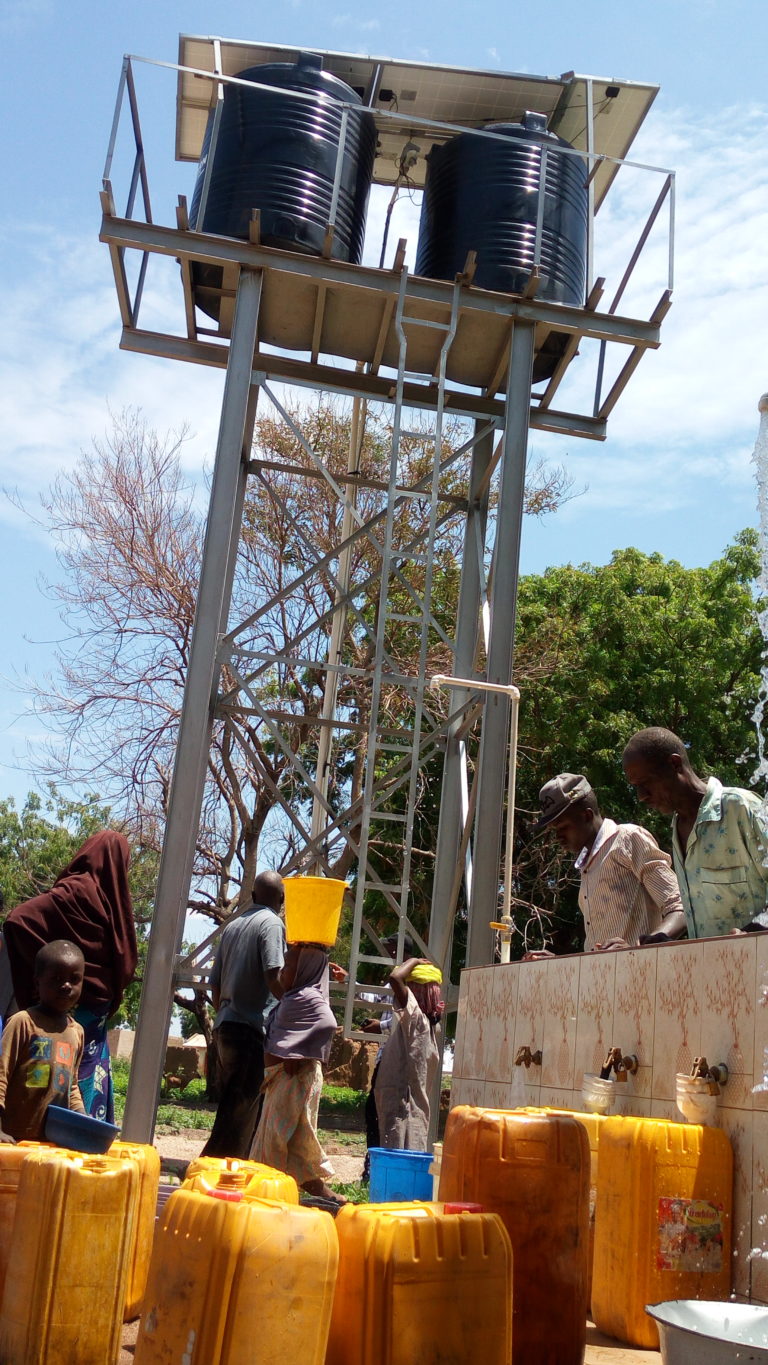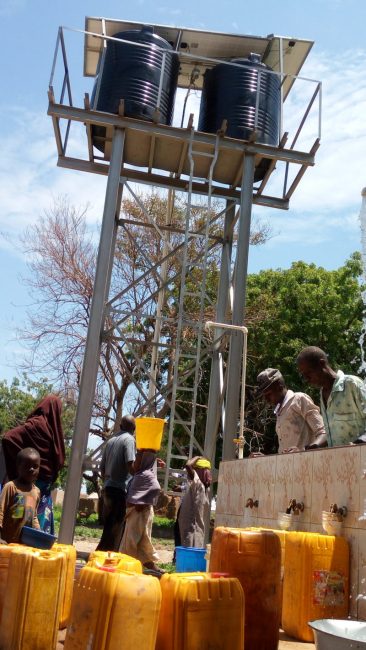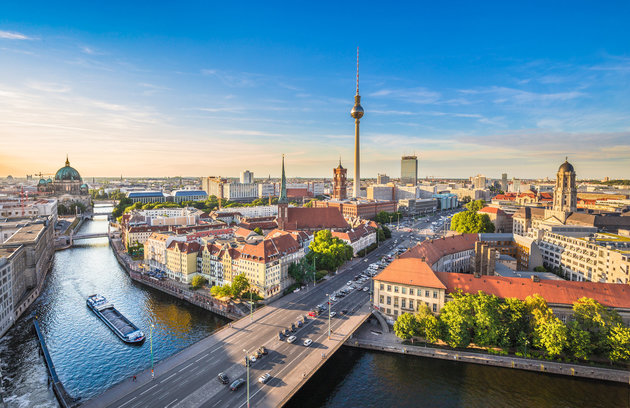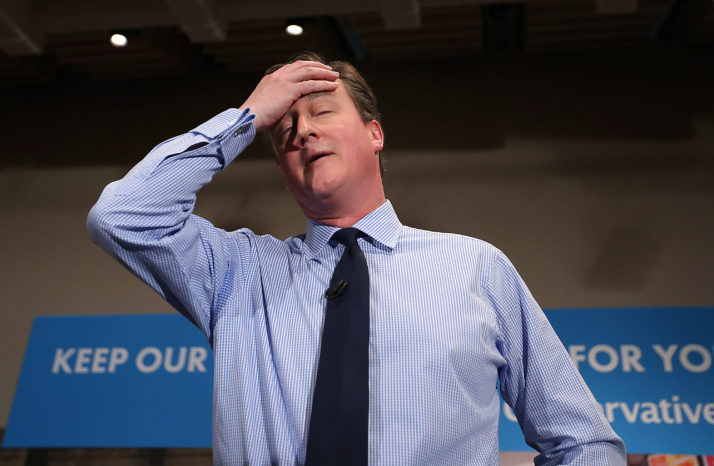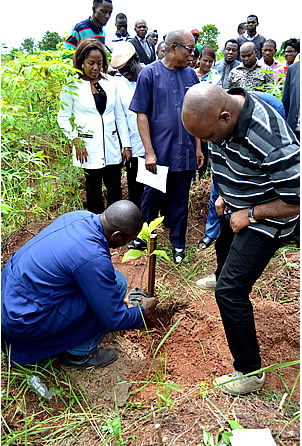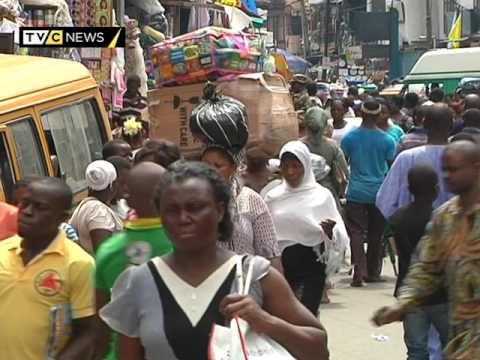Once again, Governor Akinwunmi Ambode of Lagos State is blazing the trail. Recent report in Environews Nigeria including other local Nigerian daily newspapers gave prominence to the news item concerning the Memorandum of Understanding (MoU) signed between Lagos State Government and Dubai authority (represented by Smart City Dubai, a company) for the creation of Africa’s first smart city, the Smart City Lagos. It was a news item with euphoria and one that gladdens the heart, in the sense that, finally, Lagos is swimming with the tidal wave of contemporary urban development instead of remaining stagnant and be left at the base of progress among other world Mega Cities.
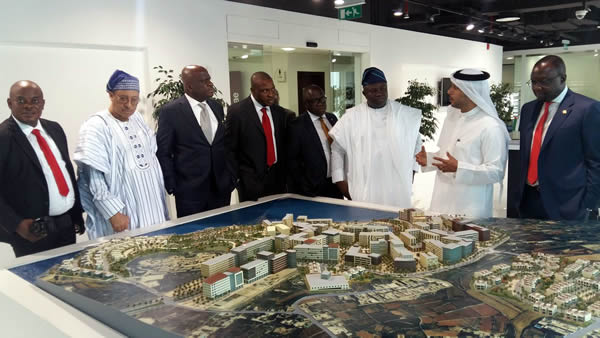
The snippets from the news item about the MOU covered the anticipated benefits: “…. it is expected to bring multi-billion-dollars investments to the city, create thousands of jobs and transform the Ibeju-Lekki axis in particular and the entire Lagos State in general.” (Steve Ayorinde, Lagos State Commissioner for Information and Strategy). The reasons for Smart City Lagos: “…. a deliberate attempt by us to establish a strong convergence between technology, economic development and governance,” and “…. part of the larger vision to make Lagos cleaner, safer and more prosperous.” (Governor Akinwunmi Ambode). The import of the project: “…. Lagos will become an important center for innovations in smart technologies, wellness and destination for green tourism.” (Governor Ambode). The anticipated feat of the project. “…. the project would become world’s first carbon neutral city.” (Governor Ambode). Lastly, the features: “…. 12-lane road, hotel resorts, world-class technological education facilities and a rail metro line.” (EnviroNews, Friday, June 24, 2016).
Clarity of the operative word. The operative word being referred to here is “smart city.” What exactly is smart city? A search by this writer brought to the fore a few of the following definitions among several others: “A city equipped with basic infrastructure to give a decent quality of life, a clean sustainable environment through application of some smart solutions.” (Smart Cities website). “Smart City is an invention arising from the NEED to live a good, healthy life, intelligently, by solving most of our problems that we face today and fulfilling our needs for the future.” (City Urbanes). “Smart cities are cities of the future where technology will be used to improve efficiency of infrastructure and public services.” (IBM). A city can be defined as “smart” when it fulfills the need of a high quality of life with the help of modern technology.” (Infographic).
When the different definitions cited above are further deciphered, the common thread is the ubiquity of ICT and its application to facilitate high quality of life premised on advanced social, cultural, economic, environmental development, infrastructural development and efficient delivery of urban basic services. Therefore, the MoU that the LASG signed with Smart City Dubai is to introduce a “new urbanism” as a way of life, by creating a city that “works” and where life more abundant is guaranteed for its residents. This of course is a clear departure from what obtains in present day municipal Lagos, where uncontrolled urbanisation has taken its toll on city planning, service delivery, security, environment and the economy. As a first step, Governor Ambode should be commended for having the laudable vision for “Future Lagos” both in words, deeds and actions.
Where is the geographic location of the Smart City Lagos? While the objectives and beneficial impacts of the Smart City Lagos project are unambiguous, there is a cloud hanging over the form the development of the Smart City will take. Is it going to take the form of a new city to be developed from scratch on a tabula rasa location (undeveloped/pristine land). If yes, where is the intended area located? Or is it a “vest pocket” development in the midst of a sparsely populated rural area at the outlay of the Mega City? Or is it a blanket urban renewal and rejuvenation project that would touch every nook and cranny of the Mega City Region? Or is it a twin development of the on-going Eko Atlantic City (a prospective smart city) whose site preparation and sand filling had already taken off at the Lagos Bar Beach? Would the Smart City Lagos have any affiliation with the Lagos Free Trade Zone (FTZ) along the Ibeju- Lekki axis of the Lagos Mega City?
A specific answer needs to be provided by the LASG for the reading public in order to sensitise Lagos residents about the ambitious project. If the Smart City Lagos is going to be developed at a new site, definitely a large parcel of land would have to be acquired for the purpose. For this reason, the LASG would need to be proactive about how to deftly handle the issue of Omo onile, who are likely to be antagonistic of government for usurping their ownership of their ancestral land, whenever the project is about to kick off. The recurring issue of Omo onile which snowballed into unending/fatal fracas between this group of people and the LASG officials at the site acquired for the development of the Lagos Free Trade Zone is a sad reminder that should never be repeated in the course of developing the proposed Smart City. Therefore, the government should go the extra mile in properly sensitising the locales (villagers) where the project will be located, through their village heads so that their support could be made facile. This is necessary to be done and must be done in order to avoid any hitches that could delay the project or scare off prospective foreign investors. Government must not portray itself as a brazen usurper of people’s land or underrate the reaction of the people when treated shabbily, no matter the goodness of government intention to bring development to the specific location, for the benefit of the residents. Once the approach is inclusive and participatory by involving all concerned, particularly the local communities, the project would have a smooth sail. This is a first assumption to one of the questions asked earlier in this piece.
The second option is premised on the assumption that, if the government chooses to develop the Smart City as an “oasis” of modern/affluent settlement, amidst existing impoverished village settlements, which are unplanned and lacking the trappings of modernity in terms of road infrastructure, electricity and social amenities. We try to hazard this guess, purposely to zero in on the implications of such decision or choice by the government. In the case of the painted scenario, the issue of accessibility to the new site of the Smart City should be a major consideration. Government would need to provide high grade road connectivity to the new city such that its accessibility from any directions of the Mega City Region would not be a challenge. Excellent road accessibility is one of the determinants that investors would consider in making the right decision whether to be a willful participant in the joint venture to establish a business concern in the Smart City.
The Lagos-Lekki Expressway seems to be the only carriage road that would serve as arterial link to the Smart City site. That stretch of road has been “a-work-in-progress” for unduly long time and still is. Second, the carrying capacity of the road is far inadequate for the present volume of vehicular traffic along that axis and, as a result, it is always plagued with daily traffic congestion. Road users are often held in traffic most especially during the morning and evening rush hours, wasting a lot of man-hour struggling to get to their work places on the Island, Victoria Island, Mainland and Ikeja.
The Lagos-Lekki Expressway is going to play a pivotal in the success of the Smart City project, because of the road’s usefulness as a major link road along the presumed axis where the new Smart City is likely to be developed. This being so, it logically follows that the LASG would need to embark on massive rehabilitation of that expressway through expansion and addition of more lanes to enhance ease of vehicular passage. The construction would involve large scale demolition of all the eyesore mumbo jumbo developments which impede smooth traffic flow on the expressway. It is the only solution that would allow for the acquisition of more land space for additional right of way for the road expansion. This seems a herculean task in construction time and cost, which can neither be ignored by the state government nor procrastinate the rehab work, for reasons of the country’s parlous economy, paucity of funds and galloping inflation. As they say in local parlance, delay is costly.
For space constraint, I will fast forward this piece and focus on other very important aspects and offer useful tips (though unsolicited), which the core group of Smart City Lagos may find worthy of consideration. I am bringing my random musing to the fore of public conversation on the Smart City Lagos project as an engaged citizen (citizen participation) of Lagos and also from the perspective of a professional Urban Planner who views the city with “trained eyes.”
There is no template for developing a Smart City. The approach that works well in one city might fail in another city. Ask the Indian Government. India is home to over 100 pilot Smart Cities and what the officials of the participating cities found out is that the success or failure of a Smart City basically depends on the level of development of the city, willingness to embrace change and reform, available resources and aspirations of the city residents. Another research finding concluded as follows: “In order to compete in the international economy, cities…must demonstrate the availability of certain key assets, including a better educated and more highly educated workforce; globally linked telecommunications; efficient air and surface transportation; knowledge-based research institutions; flexible, mission-oriented, public and private organizations; an attractive quality of life; and fiscal soundness.” (N.R Pierce, 1993).
I strongly recommend to Governor Ambode and cerebral Pat Utomi with his Team in charge of the Smart City Lagos project to diligently take stock of each of the key assets listed above as they relate to the situation in Lagos and do a critical analysis of them as part of the preparatory stage for the take-off of their assignment. The review of the key assets would guide the Group to take informed decision as appropriate, instead of making decision in a vacuum of information.
Learning far and near. There is no monopoly of knowledge about what makes a Smart City works well. Inter-city cross pollination of ideas, collaboration, and exchange programme, C2C or city consultancy is perfectly okay. We make bold to say that the LASG’s MoU with Smart City Dubai is a leap in the right direction. It is spot on. But what the LASG must begin to understand is that the height Dubai attained today among notable global cities, to the level of a “poster child” of a successful Smart City, was not a sudden flight. It was through a diligent urban planning exercise that was embarked upon in the early 1990s, which the kingdom/emirate of the United Arab Emirates (UAE) tenaciously and committedly followed through with the elements of the plan. There was no undue interference from any “strongman” or sheik to distort the course of the plan, unlike what obtains in the Abuja Master Plan, which every appointed Minister of the Federal Capital Territory (except El-Rufai, who restored sanity to the implementation of the plan circa 2007) distorted the master plan with impunity.
The level of governmental and citizen discipline regarding obedience of the law and stickler to development regulations in Dubai, with due respect, is not what we are used to in Nigeria, albeit we all know the adverse effect of our aversion to government regulations. It is an ill-wind that does no good to our cities’ development and the quality of life of the people that live in these cities. What works in other cities, miraculously does not work in Nigerian cities because the government lacks the political will to obey its own laws while the citizenry lacks the discipline to comply with development regulations. Let us cast our minds back to the incidences of collapse buildings in Lagos and other parts of the country over the years, to buttress the point being advanced in this piece. Many of the causes were attributed to violation of set rules and building regulations.
The LASG will surely learn the know-how or the rudiments of a Smart City development, from the Dubai experience; but the political will and discipline to practice the ideas undiluted, is another topic for another day.
By Yacoob Abiodun (Former Secretary, National Housing Policy Council; Urban Planner; Planning Advocate)


